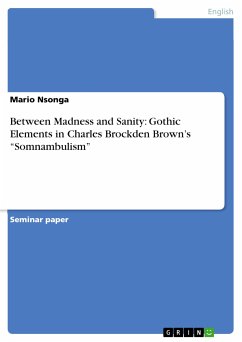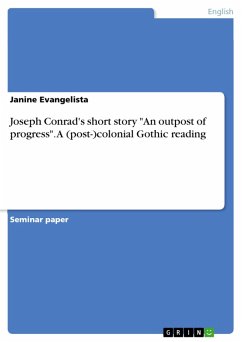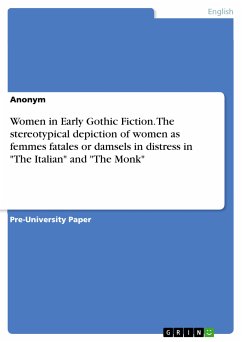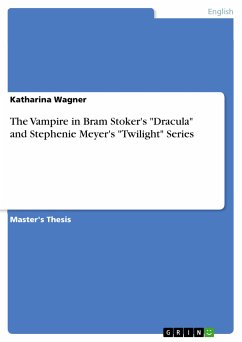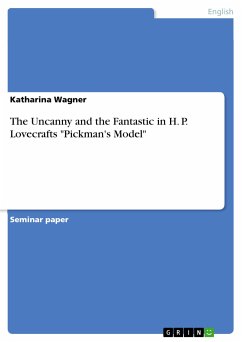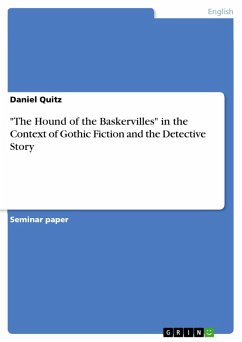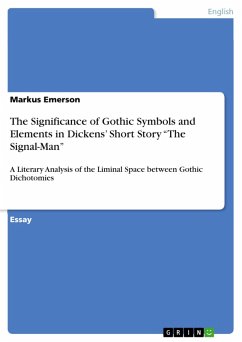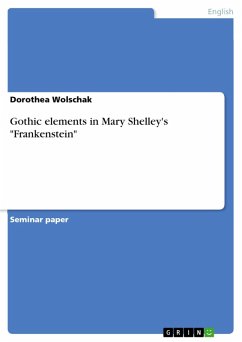Seminar paper from the year 2012 in the subject American Studies - Literature, grade: 1,7, Johannes Gutenberg University Mainz (Department of English and Linguistics), course: Early American Short Narratives, language: English, abstract: Considered as one of the first American writers to produce American national literature, Charles Brockden Brown belongs to the forefathers of the American Gothic Fiction and embodies the pioneer spirit of the American Short Story. Although throughout the last decades, intense and prolific research has been conducted about his life and works, respectively Wieland and Edgar Huntly, Brown's Somnambulism yet remains a relatively obscure and unexplored narrative. The goal of this paper is to bring fourth its literary relevance within the context of the American Gothic Fiction by analyzing the occurrence, narrative usage and effect of Gothic elements in Brown's fragment Somnambulism. By doing so, I will firstly give a short overview about its publishing history, followed by a brief excursion to the definition of short story to underline that Brown's account is both short and Gothic story. The definition of the Gothic Fiction describes the historical development of the Gothic story, explaining its relevance in the American context and broaching Brown's political use of the Gothic mode. Finally, the main body of this paper will demonstrate the comprised gothic elements of the story, exemplifying the constantly rising construction of horror through the lovelorn protagonist's sick double mental existence and the sinister description of his counterpart Nick Handyside.
Dieser Download kann aus rechtlichen Gründen nur mit Rechnungsadresse in A, B, BG, CY, CZ, D, DK, EW, E, FIN, F, GR, HR, H, IRL, I, LT, L, LR, M, NL, PL, P, R, S, SLO, SK ausgeliefert werden.

